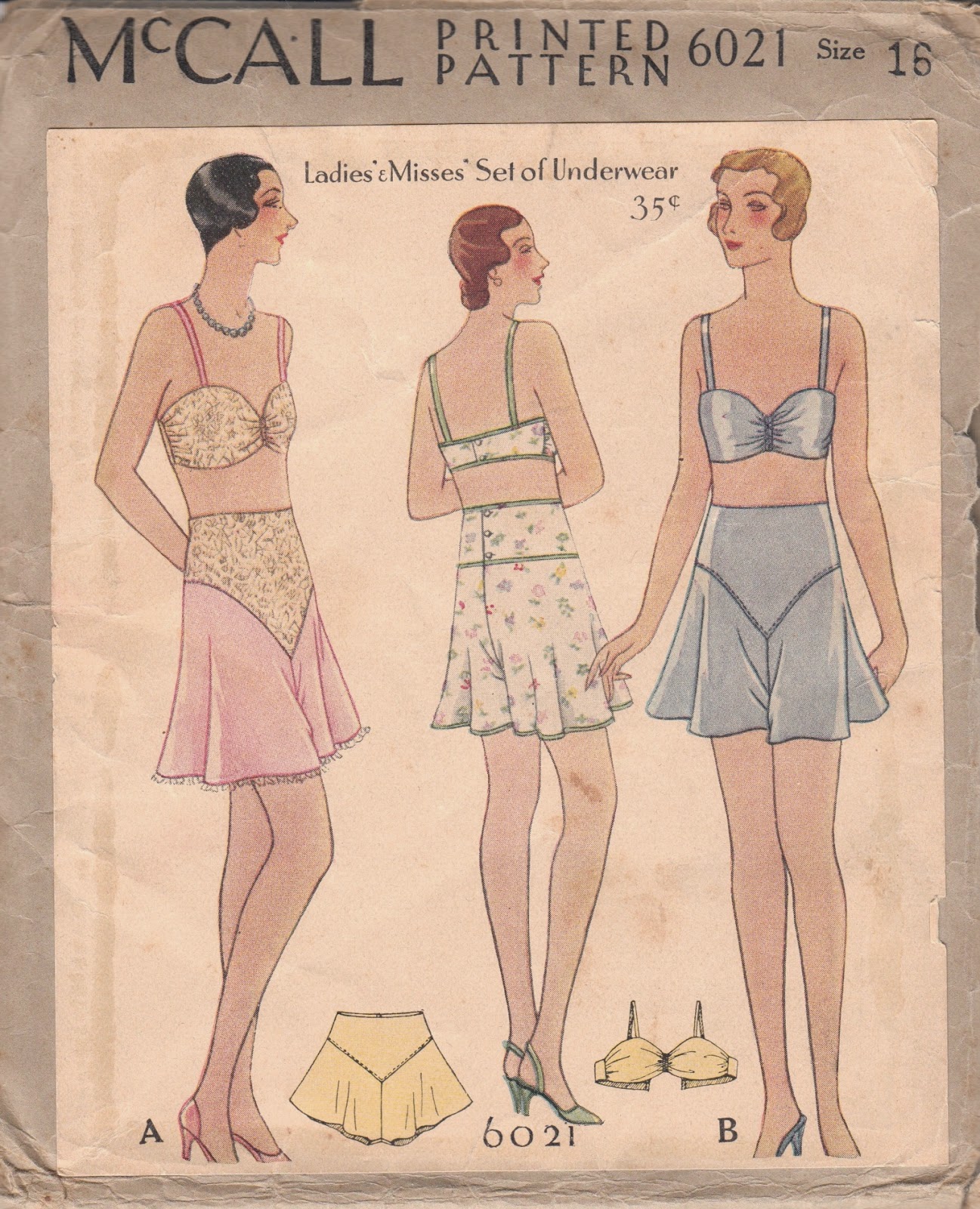Making a 1920s Dress: Designing a Simple, Elegant, and Easy Gown
I work in Hobart Manor, a national registered historic landmark that was built in 1877 (and later remodeled in 1915) on William Paterson University's campus. The Manor was home to the widow and descendents of Garret A. Hobart, the 24th Vice President of the United States. The front rooms of the Manor, including the foyer, reception room, gallery, library, drawing room, dining room, and billiards room, are restored and decorated with period pieces (our offices are in the less exciting places, like the kitchen, playroom, and servants' rooms).
I am also on the Hobart Manor Revitalization Committee, where we work to maintain and improve the Manor. Our latest project is a video tour, and I was chosen to star in the video tour because I researched and wrote the material for our regular tours. And, what could be more fun, than wearing a historically accurate dress in a historic mansion?
I had just a few weeks to prepare, and knew that a Victorian or Edwardian outfit would be impossible during that time. I chose to make a 1920s evening dress, to capture the atmosphere of the Manor on a night it was entertaining. I also wanted to submit this dress as a late entry to the Historical Sew Fortnightly All That Glitters Challenge.
I wanted something quick and easy, and started by looking at Festive Attyre's 1920's one-hour dress pattern. I love Jen Thompson's dress, but felt bad for wanting to recreate it exactly. I searched my 1920s Fashion Pinterest board for inspiration, looking to modify her pattern. I then looked through several auction sites, and found what I thought was the dress.
Simple shape? Yes. Light beading? Yes, along the neckline and hem. Feasible? Surely!
I had a lovely dark, mauve-ish pink polyester satin in my stash, which could be the underdress. I ordered this Black Rose Burnout Velvet from FashionFabricsClub.com for $5.75 a yard, what I thought to be a bargain. However, after receiving it, I realized that the pile of the velvet flowers was very short and shiny, and the ground of the fabric was like an open mesh. I purchased a polyester black satin to line this piece.
I drafted and fitted the pattern, and then unfolded my lovely satin and realized that it's drape was too beautiful to be wasted underneath a heavy velvet. I went back to the drawing board, to look for an easy dress with draping. By this point, I had about 4 days to make the dress.
I tried searching through period sewing manuals, assuming they would contain easy dress designs for the home sewer. Midvale Cottage Post has a series of posts taken from a period book by Ruth Wyeth Spears. Seriously, there are embroidery and beading designs, tutorials for silk flowers, appliques, and cloche hats, and many ways to easily embellish a straight, "one-hour" style dress! Perfect!
This design has it all, from the straight, one-hour base dress, to the elegant and easy drapery!
My next posts will show my experience with Ruth Wyeth Spears' pattern, and my final beaded 1920s dress!
Have you ever used simple drapery as the focal point of a garment?
I am also on the Hobart Manor Revitalization Committee, where we work to maintain and improve the Manor. Our latest project is a video tour, and I was chosen to star in the video tour because I researched and wrote the material for our regular tours. And, what could be more fun, than wearing a historically accurate dress in a historic mansion?
I had just a few weeks to prepare, and knew that a Victorian or Edwardian outfit would be impossible during that time. I chose to make a 1920s evening dress, to capture the atmosphere of the Manor on a night it was entertaining. I also wanted to submit this dress as a late entry to the Historical Sew Fortnightly All That Glitters Challenge.
I wanted something quick and easy, and started by looking at Festive Attyre's 1920's one-hour dress pattern. I love Jen Thompson's dress, but felt bad for wanting to recreate it exactly. I searched my 1920s Fashion Pinterest board for inspiration, looking to modify her pattern. I then looked through several auction sites, and found what I thought was the dress.
 |
| Velvet and chiffon dress (left), via Augusta Auctions |
I had a lovely dark, mauve-ish pink polyester satin in my stash, which could be the underdress. I ordered this Black Rose Burnout Velvet from FashionFabricsClub.com for $5.75 a yard, what I thought to be a bargain. However, after receiving it, I realized that the pile of the velvet flowers was very short and shiny, and the ground of the fabric was like an open mesh. I purchased a polyester black satin to line this piece.
 |
| Black Rose Burnout Velvet, fashionfabricsclub.com |
 |
| Mauve poly satin, from the stash |
I tried searching through period sewing manuals, assuming they would contain easy dress designs for the home sewer. Midvale Cottage Post has a series of posts taken from a period book by Ruth Wyeth Spears. Seriously, there are embroidery and beading designs, tutorials for silk flowers, appliques, and cloche hats, and many ways to easily embellish a straight, "one-hour" style dress! Perfect!
 |
| "Back Drapery in Cascade Effect Trims this Graceful Costume" |
My next posts will show my experience with Ruth Wyeth Spears' pattern, and my final beaded 1920s dress!
Have you ever used simple drapery as the focal point of a garment?


